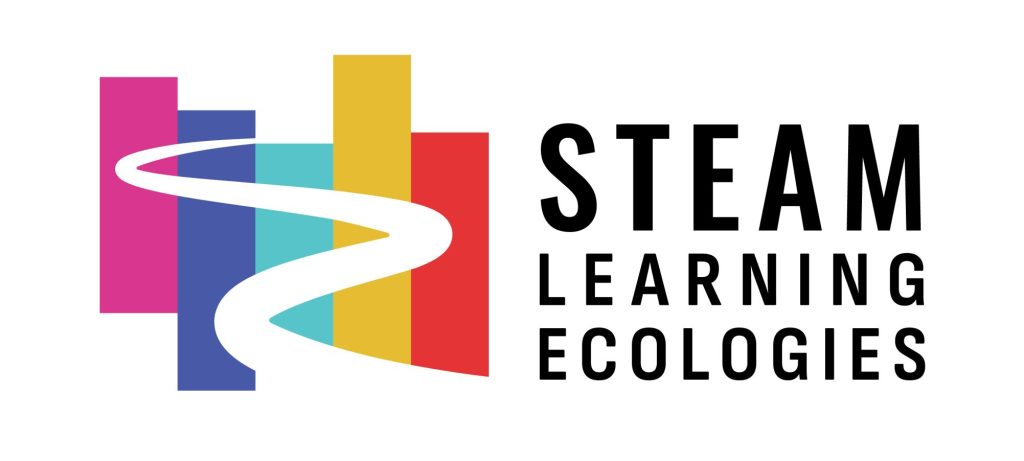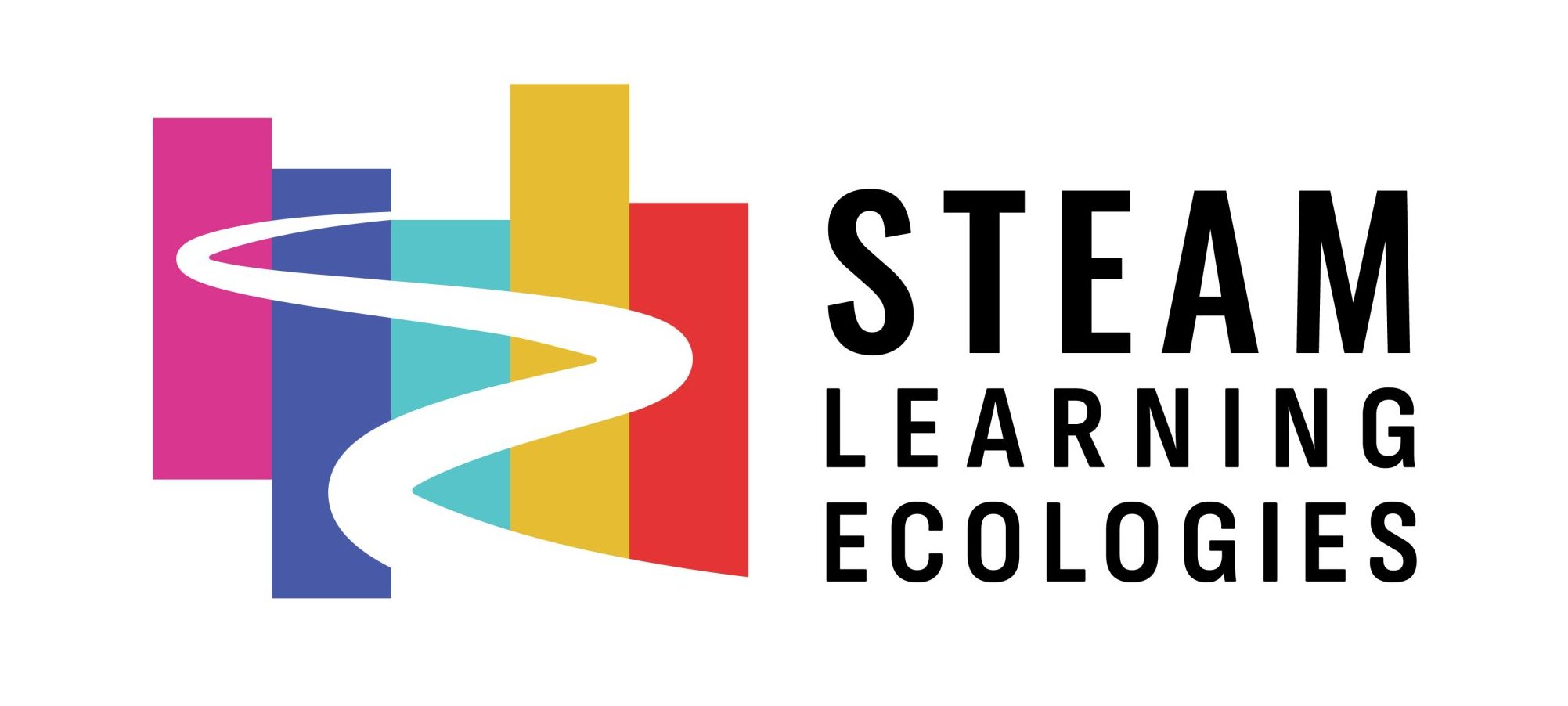In December 2023, Domus, one of the three science centres being part of Museos Científicos Coruñeses (MC2), organised a co-creation workshop to discuss potential piloting ideas for STE(A)M Learning Ecologies to implement in Spain.
The outcomes of the workshop resulted in a plan to create a learning pathway to help students become more familiar with AI-powered tools. Specifically, pupils will be involved in the creation of audiovisuals with the help of AI (from the draft of the script, to the selection of music and animation).
We now explore the innovative piloting idea thanks to the contribution of Mr José Viñas Diéguez, the head of the STEM Department at the Center for Educational and Digital Innovation (CIEDix). CIEDix will support the pilot activities in 2024.
Can you “paint a picture” of the context in which your STE(A)M Learning Ecology operates? Describe a bit the local setting where the SLE is located as well as the real life challenge it addresses. How does it link to the school curriculum?
The main subjects of this picture would be the students from two secondary schools belonging to a youth association called ‘XenTD100cia STEAM club’ – located in Cambre, a town of 25,000 inhabitants nearby Coruña. For further context, Coruña is the city that will host the Spanish Agency for the Supervision of Artificial Intelligence (AESIA). Here is where other actors of this SLE are located, notably the University of A Coruña (UDC), the company “Mundos Digitales” and the interactive museum “Domus”. Finally, there’s the Centre for Educational and Digital Innovation (CIEDix), situated Santiago de Compostela. This centre and the members of the UDC team have been significantly involved in the draft of the curriculum for two Artificial Intelligence (AI) subjects in our region. While one of these subjects focuses on learning AI at user level, the other promotes programming and prototype development for problem solving. We have also promoted the use of tools, useful for solving problems arising in other areas.
Could you briefly present the stakeholders involved in this SLE? Their roles and the interactions occurred to reach out and actively engage them. Did you already know them, or you reached out to new ones?
One of my functions as head of STEM at CIEDix is to help teachers to improve the experience of students in this type of AI-related subjects. I believe that one of the easiest ways for pupils to learn about their utility and usefulness is through contact with actors in their immediate environment.
In this particular case, the interactive museum Domus has been in charge of contacting companies in the audiovisual and AI sectors, as well as a University with experience in designing activities for teenagers in the field of AI. One of the responsibilities CIEDix has for this SLE is to create bridges between companies, universities, social entities, and the school.
This Pilot SLE has been complemented by students of STEM clubs associated with secondary schools, as well as representatives of civil society like the youth association XenTD100cia, responsible for bringing science to rural areas.
Have you already worked in similar open schooling projects in the past? If not, how was this first experience?
Yes, I have! I have been a teacher of STEM subjects in a secondary school for 25 years – until January 2023. Throughout this time, I have participated in projects at regional and European level with the interactive museum Domus. The young people of the youth association XenTD100cia cooperate with local and regional public authorities, companies, and foundations in the framework of the organisation of an annual science fair. We consider this a practical way to get closer to civil society.
This year, as a member of CIEDix, I have collaborated with researchers from the University of A Coruña (in the field of AI and education) and members of Mundos Digitales – associated with the audiovisual sector. We also maintain close contact with STEM teachers through working groups for the development of resources that can be replicated in other schools. In my experience, this group has been one of the easiest to work with.
Were there any challenges occurred while implementing the STE(A)M Learning Ecology and/or interacting with the relevant stakeholders? How did you address them?
Our project stakeholders have been actively involved in past activities with teenagers. Our biggest challenge has been to coordinate all the actions with the young people, making sure that only a limited number of adults were present. We had to convey the excitement and involvement of the children to the rest of the actors, using interactive features like the display of images. During the kids’ presentation of the activity at the Street Science Day in Coruña, the stakeholders were able to see live and through the radio interview how to engage in this type of activities.
Why do you think that your STE(A)M Learning Ecology was so helpful? What are the benefits and the added value brought to your community? What are the benefits and added value brought to the educational experience of students/teachers involved?
During the design of this learning ecology, the stakeholders discussed the activity and themes that we would carry out. Although we clarified that we would work on AI, we wanted to approach this subject innovatively and beyond the usual topics (robotics, machine learning, or coding). Hence, we directed the planned activities into the creative process. Perhaps, one of the main reasons why we did that was to demonstrate that AI does not hinder or diminish creative processes, but it rather enhances them. Our proposal was to produce a two-minute video addressing a UN Sustainable Development Goal (SDG). We designed this idea in a very all-encompassing way to enhance several skills for learners: multilingual skills, learning to learn, artistic expression, and digital skills. In addition, students have acquired 21st century skills such as creativity, critical thinking, communication and collaboration. I think that merging this artistic perspective with AI and the SDGs was a great idea: it achieved both incredible learning outcomes (the videos) and a set of soft skills and competencies that would prove useful for pupils in the future.
How do you think that your STE(A)M Learning Ecology engaged and attracted learners to opportunities in science-related fields, in particular young females?
Our group of students was composed of young females by 60%. Initially, they expressed their hesitation working on an AI activity, and lacked some basic knowledge in programming and robotics compared to their male colleagues. They had to trust us while approaching the activity, and eventually realised that working with AI was not only about programming.
Any citizen of the future will probably work with AI without necessarily needing to know coding. However, also current societies use AI – at times without even knowing potential safety and ethical implications of this use. Hence, raising awareness about these topics among the future generations is fundamental.
Our students have chosen SGDs related to nature or health, and have disclosed challenges to be solved regarding these goals.
Looking ahead, do you plan to further collaborate with the various stakeholders involved? Do you envisage to further sustain this SLE in the near/ long future?
In Galicia, we have two new AI subjects. After this experience, we have realised that the concept of learning ecology can be a very powerful tool to create content in other subjects, too.
This SLE is just the beginning of future collaborations where we will be including new stakeholders. We have applied AI to create audio-visual content, but the application potential is high for these purposes: it can be used when approaching natural environment, history of the environment, or any other subject of interest. From this base working group, we can enrich the team with contributions from experts, involve local city councils in such activities, or encourage the inclusion of more than one school in the initial process.
In addition, we believe that this SLE, after a small amount of teacher training, could be piloted in different schools, get feedback from teachers on the matter, and integrate this technology in an appropriate way.
Any additional comment and/or suggestion to improve the methodology and the implementation of SLEs is welcome!
Preparing a teaching guide requires technical knowledge of the subject matter, but also implies knowledge of methodologies. Teachers are usually familiar with both these components. Creating truly innovative teaching activities requires collaborating with technical experts in the field and classroom teachers. If we want a specific activity to reach out to other societal sectors, we must increase the number of stakeholders and include different opinions.
A biology teacher has knowledge of his/her subject which is close to that of the expert, but it is the expert who has clear theoretical and practical knowledge of it. In the same way, any stakeholder can have knowledge about methodologies or didactics – even innovative methodologies. Yet, not all of them can be applied in every situation.
Based on this reflection, I would like to suggest the following advice while starting designing a learning ecology: a) create a team that is as diverse as possible, b) be clear about roles and responsibilities among all the SLEs actors, and c) make suggestions about other’s stakeholders’ actions and environment with the utmost respect.




